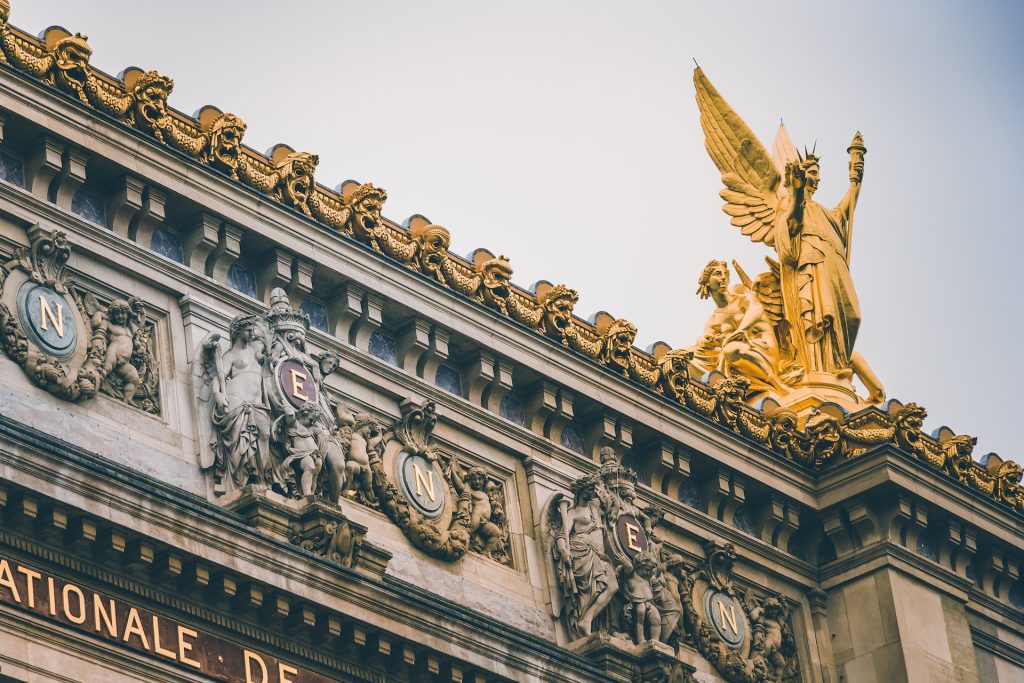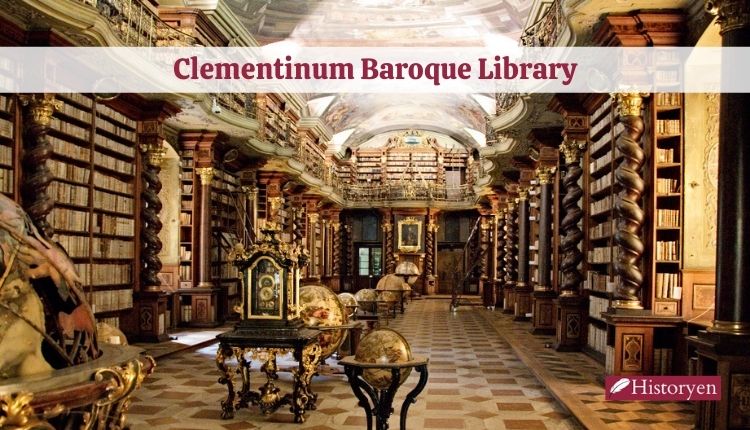The Palais Garnier (FR: Opéra national de Paris), also known as the Opéra Garnier or simply the Garnier, is a breathtaking opera house located in the heart of Paris, France. This historic building is a symbol of Parisian grandeur and opulence, with its ornate façade and sumptuous interior. In this article, we will explore the history and architectural features of the Palais Garnier, as well as some interesting facts and notable performances that have taken place within its walls.
Historical Background of the Palais Garnier
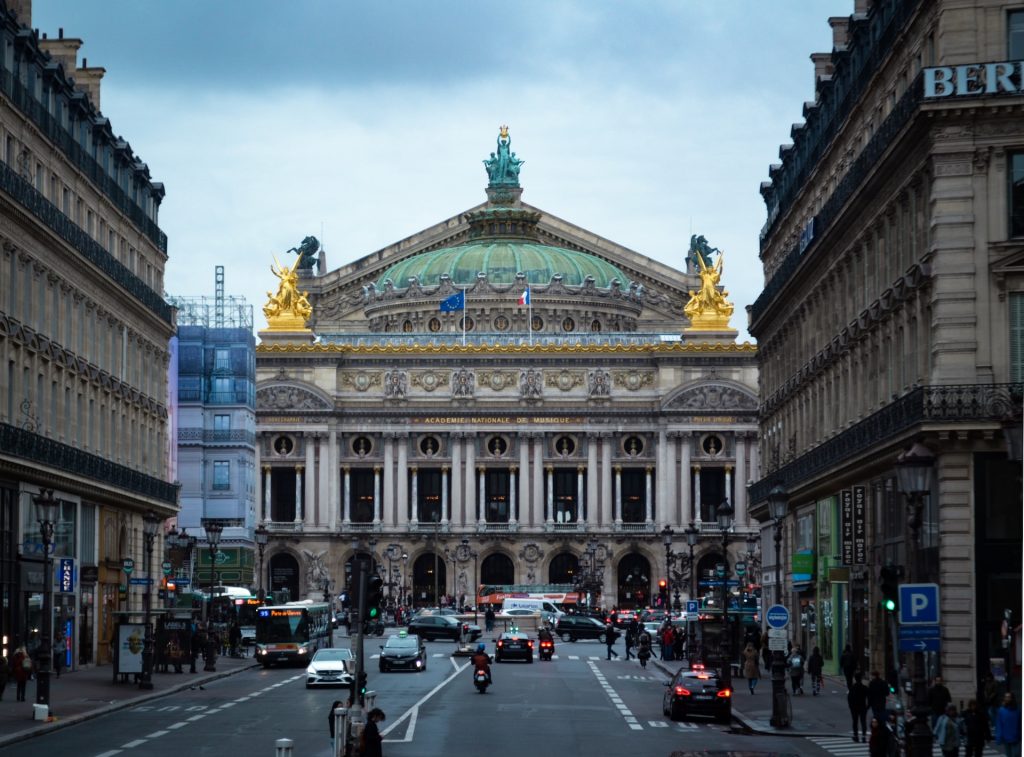
The Opéra Garnier was commissioned by Emperor Napoleon III in the mid-19th century, as part of a larger urban development plan for Paris. The project was led by architect Charles Garnier, who was tasked with designing a grand opera house that would rival the best in Europe. The Palais Garnier was completed in 1875, after 15 years of construction and a total cost of 36 million francs.
Architectural Features of the Palais Garnier
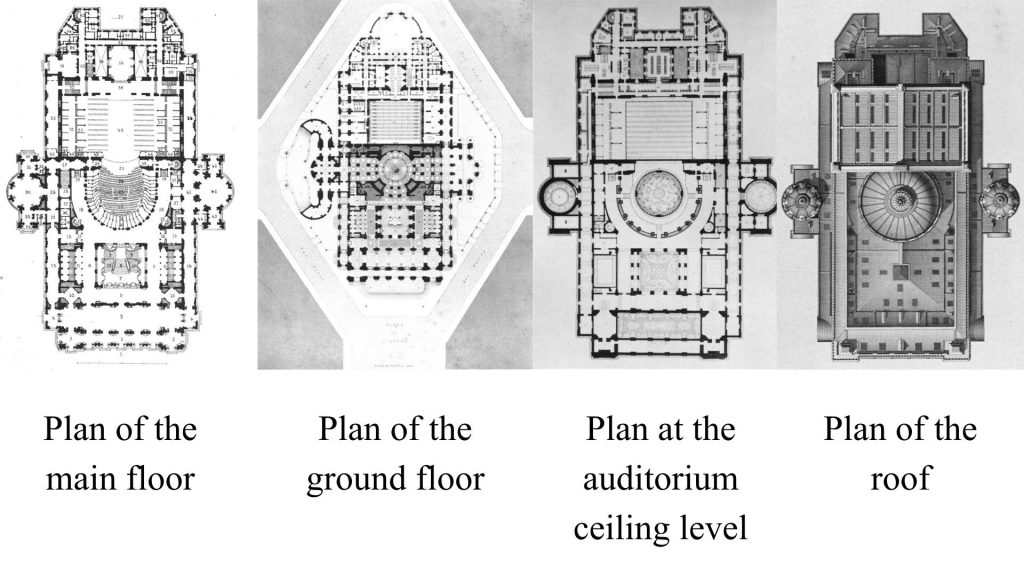
The Opéra Garnier is renowned for its stunning architectural features, both inside and out. The exterior of the building is dominated by a massive dome, which is covered in gold leaf and topped by a statue of Apollo. The Grand Staircase is another iconic feature of the Palais Garnier, with its ornate marble balustrades and intricate ceiling paintings.
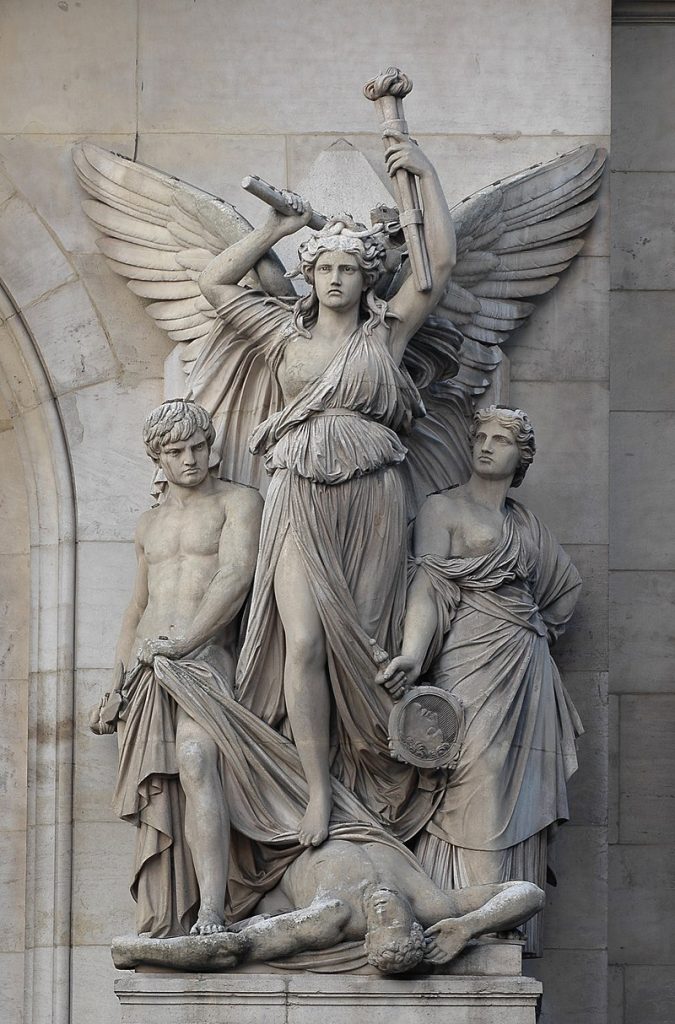
Inside the Opéra Garnier, visitors are greeted by a dazzling array of architectural styles and decorative elements. The Foyer de la Danse is a small but exquisitely decorated space, with intricate murals and a stunning chandelier. The Grand Foyer is even more opulent, with its massive mirrors, marble columns, and intricate ceiling paintings. The Auditorium is the heart of the Palais Garnier, with its plush red velvet seats, towering chandelier, and massive stage. The stage itself is a marvel of engineering, with its advanced hydraulic system and massive size.
Performance and Events at the Palais Garnier
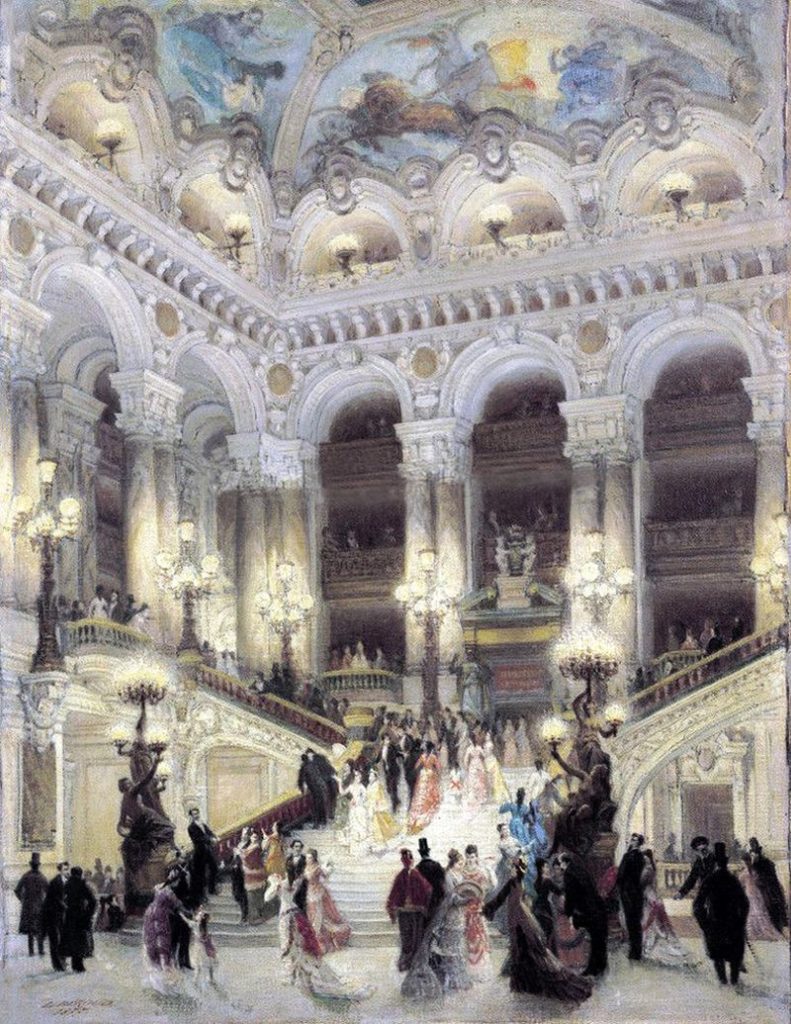
Over the years, the Palais Garnier has played host to countless performances and events. The Paris Opera Ballet is perhaps the most famous resident company, with its stunning productions of classic ballets like Swan Lake and The Nutcracker. The Paris Opera Orchestra is also renowned for its performances of classical music, with world-class conductors and soloists regularly appearing at the Opéra Garnier. Notable events at the Palais Garnier include the annual presentation of the Prix de Lausanne, an international ballet competition that attracts young dancers from all over the world.
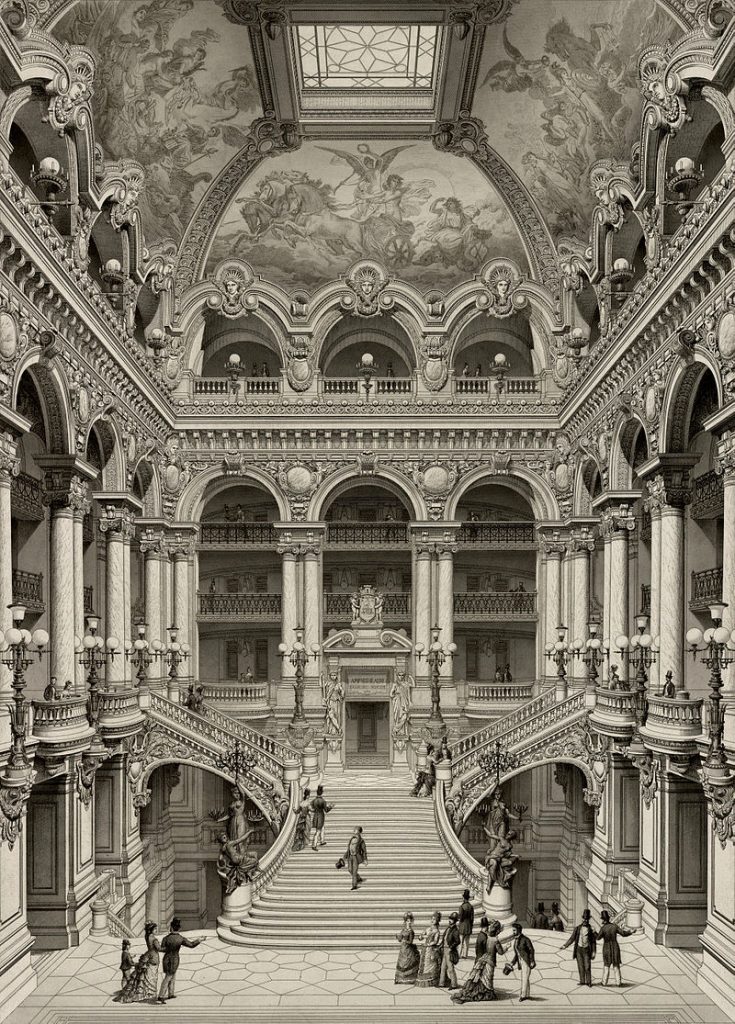
Interesting Facts about the Palais Garnier
| Property | Details |
|---|---|
| Location | Place de l’Opéra, Paris, France |
| Architect | Charles Garnier |
| Construction period | 1861-1875 |
| Building style | Neo-Baroque |
| Seating capacity | 1,979 |
| Stage size | 20 meters wide, 16 meters deep, 38 meters high |
| Height of the building | 56 meters |
| Special features | Grand staircase, chandelier, ceiling painting by Marc Chagall |
| Significant events | Prix de Lausanne, premiere of the opera Carmen, numerous ballet and opera performances |
| Famous adaptations | The Phantom of the Opera novel by Gaston Leroux, James Bond film A View to a Kill, musical film The Phantom of the Opera |
The Palais Garnier is not only a marvel of architectural design and engineering but also has a rich history and some interesting facts associated with it. For example, the story of the Phantom of the Opera, a novel by Gaston Leroux, is set at the Palais Garnier. The Phantom’s secret lair beneath the opera house is said to be inspired by the Palais Garnier’s extensive network of underground tunnels and chambers.
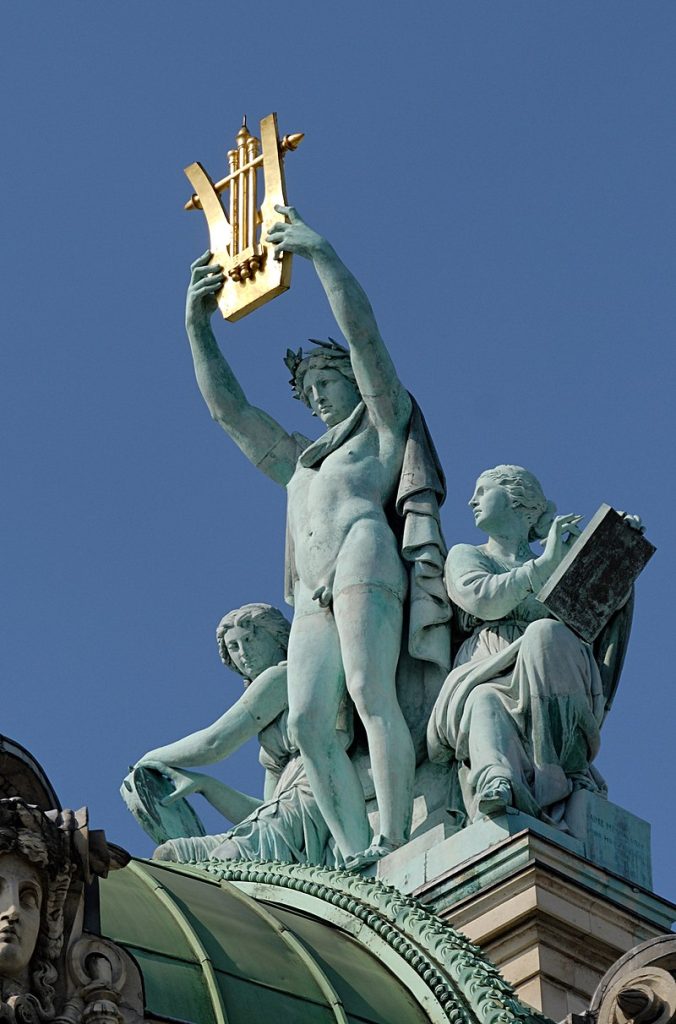
The Opéra Garnier is also said to be haunted by a number of ghosts, including that of the famous French architect Charles Garnier himself. Other ghostly sightings have been reported in the building over the years, adding to its mysterious and intriguing allure.
In addition, the Palais Garnier has made several appearances in popular films, including the James Bond film A View to a Kill and the musical film The Phantom of the Opera. The building has also undergone several renovations and restorations over the years, ensuring that it remains one of the most beautiful and well-preserved opera houses in the world.
Conclusion
The Palais Garnier is a magnificent building that has played a significant role in Parisian culture and history for over a century. Its stunning architecture and rich history make it a must-see attraction for visitors to Paris, and its ongoing role as a hub for world-class performances and events ensure that it will remain a cultural landmark for years to come.
FAQs
Yes, visitors can take guided tours of the Opéra Garnier, which include access to many of the building’s stunning interior spaces.
Yes, the Opéra Garnier is still an active opera house and hosts numerous performances and events each year.
The Palais Garnier cost a total of 36 million francs to build, which was a significant sum of money at the time.
The Prix de Lausanne is an international ballet competition that takes place each year, and the final round of the competition is held at the Palais Garnier.
The story of the Phantom of the Opera is a work of fiction by Gaston Leroux, and while there may be some inspiration drawn from the Opéra Garnier’s history, there is no evidence to suggest that the Phantom was a real person.
